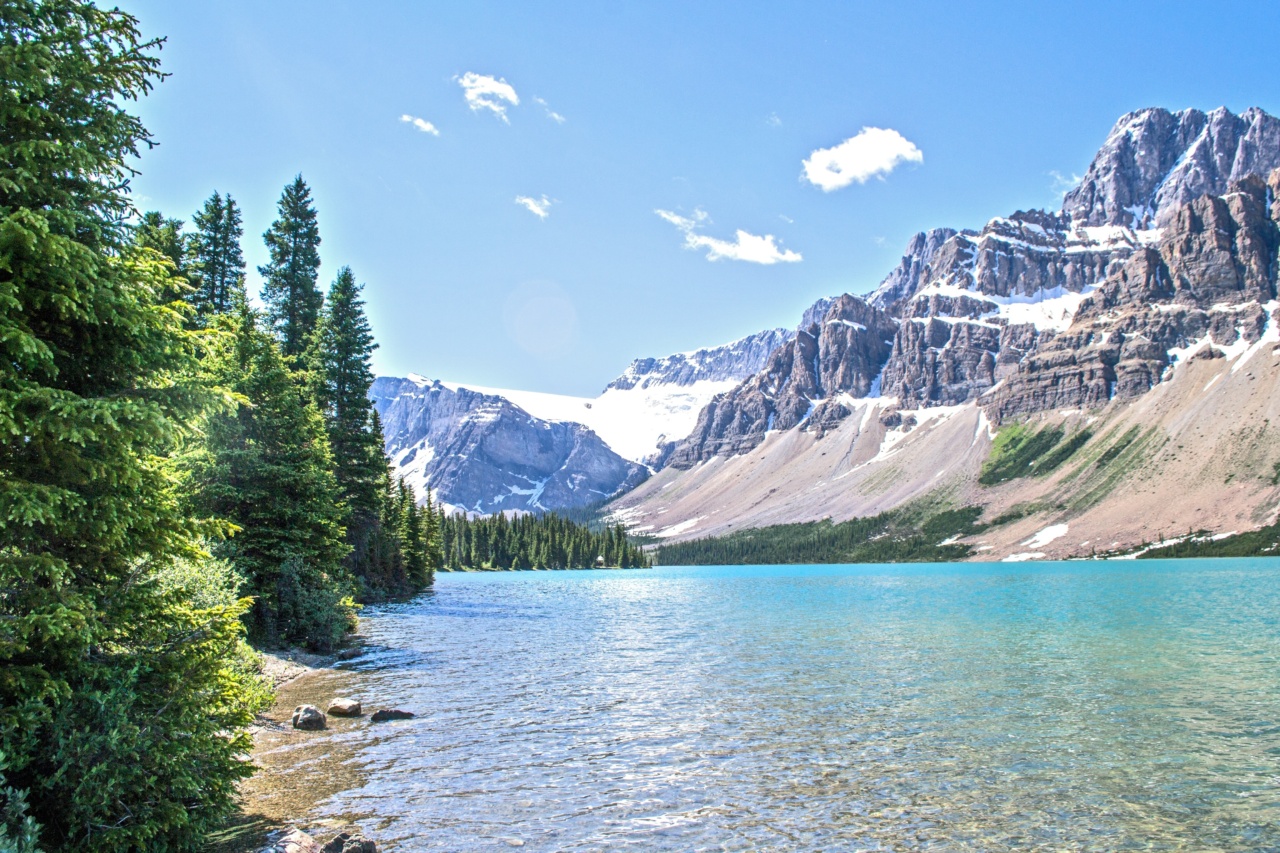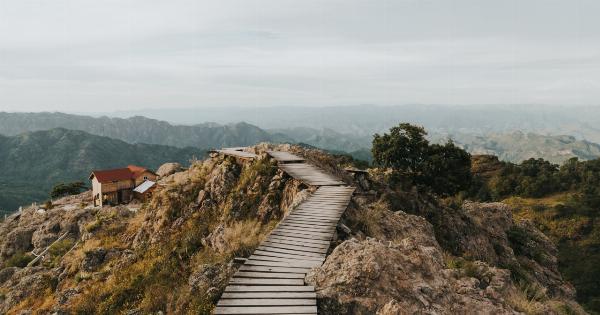Exploring the frozen tundra can be an awe-inspiring adventure, with its breathtaking landscapes and unique wildlife.
However, the journey can be marred by negative practices that harm the environment and undermine the preservation of this delicate ecosystem. In this article, we will delve into some of these detrimental practices and shed light on the importance of sustainable tourism in the frozen tundra.
The Disregard for Wildlife
One of the negative practices that greatly impact the frozen tundra is the disregard for wildlife. Some visitors fail to respect the natural habitat of the animals that call this region home.
They may get too close to wildlife or disturb their natural behavior, endangering both animals and themselves. The frozen tundra is a fragile ecosystem, and any disruption to the delicate balance can have long-lasting consequences.
Irresponsible Waste Management
Another detrimental practice during journeys to the frozen tundra is irresponsible waste management. Some travelers leave behind litter, including non-biodegradable items, which can take years to decompose in such cold temperatures.
This not only spoils the pristine beauty of the landscape but poses risks to wildlife that may mistake the litter for food or become tangled in it. Implementing proper waste management strategies is vital to protect the tundra and its inhabitants.
Overconsumption of Non-Renewable Resources
Visitors to the frozen tundra often rely on non-renewable resources, such as fossil fuels, to power their journey.
This overconsumption contributes to the depletion of these finite resources and leads to increased carbon emissions, exacerbating the effects of climate change. Opting for sustainable alternatives, such as using renewable energy sources or reducing overall consumption, can minimize the negative impact on the tundra and its fragile ecosystem.
Neglecting Cultural Sensitivity
The frozen tundra is home to indigenous communities who have relied upon the land for generations. Neglecting cultural sensitivity when visiting these communities can result in disrespectful behavior and a lack of understanding about their way of life.
It is essential to engage with the local communities, respect their traditions, and seek their knowledge to gain a comprehensive understanding of the region.
Unauthorized Exploration
Some individuals venture into the frozen tundra without proper authorization or guidance. This practice puts both the travelers and the environment at risk.
The extreme weather conditions and unfamiliar terrain can be treacherous, and without the necessary experience and knowledge, accidents are more likely to occur. Engaging in guided tours or seeking the assistance of experienced professionals ensures a safer and more responsible exploration of the frozen tundra.
Disrupting Natural Processes
The frozen tundra is a unique ecosystem that relies on natural processes to thrive. Disrupting these processes, such as trampling on vegetation or altering water bodies, can have severe consequences for the delicate balance of the environment.
It is crucial to stay on designated paths, follow rules and regulations, and minimize our impact on the tundra to preserve its natural state for future generations.
Noise Pollution
Silence is a defining characteristic of the frozen tundra, allowing visitors to immerse themselves in its serene ambiance. However, noise pollution from individuals or groups can disturb the tranquility of the environment and disrupt wildlife.
It is essential to maintain a peaceful atmosphere by respecting the silence and minimizing unnecessary noise during the journey.
Disregard for Local Regulations
Local regulations are in place to protect the frozen tundra and ensure sustainable tourism practices.
Disregarding these regulations, such as entering restricted areas or violating wildlife protection laws, undermines the preservation efforts and can lead to irreversible damage. Visitors must familiarize themselves with the rules and guidelines and make a conscious effort to adhere to them throughout their journey.
Uncontrolled Tourism Development
Uncontrolled tourism development can have a detrimental impact on the frozen tundra. Large-scale infrastructure projects, such as hotels and lodges, can disrupt the natural landscape, displace wildlife, and contribute to the loss of biodiversity.
In contrast, sustainable tourism development takes into account the fragility of the tundra and aims to minimize its ecological footprint while providing opportunities for visitors to appreciate its beauty responsibly.
The Importance of Education and Awareness
One of the most effective ways to combat negative practices in the frozen tundra is through education and awareness.
By spreading knowledge about the unique features of this ecosystem and the importance of responsible tourism, we can inspire visitors to make conscious choices that contribute to the preservation of the tundra. Environmental education programs, both for tourists and local communities, can play a crucial role in fostering a deeper understanding and appreciation for the frozen tundra’s fragility.































